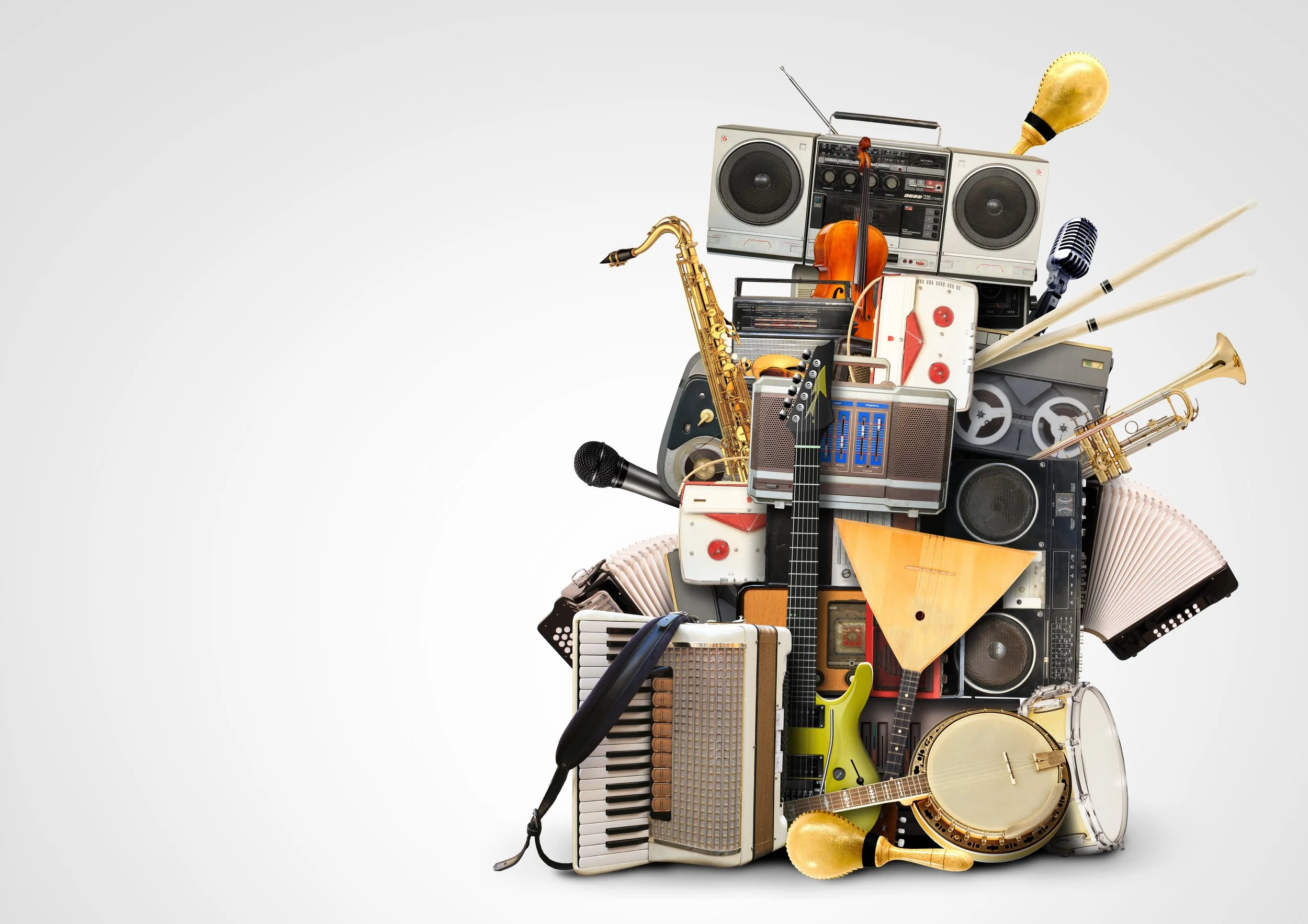
String Teachers’ Perspectives of Nontraditional Music Courses and Ensembles in Public Schools
Savage, A. N., & Harry, A. G. (2024). String Teachers’ Perspectives of Nontraditional Music Courses and Ensembles in Public Schools. String Research Journal, 14(1), 41-51. https://journals.sagepub.com/doi/abs/10.1177/19484992231195011
-
Overview
Savage and Harry explored middle and high school string teachers' perspectives on nontraditional music courses and ensembles (NMCEs) in public schools. Surveying 42 educators, they found that the most commonly offered NMCEs included guitar classes, pit orchestras, and music technology courses. Teachers expressed a strong interest in introducing ensembles such as fiddle clubs, popular music groups, and mariachi bands. The educators believed that NMCEs provide opportunities to teach content that may more closely reflect students' cultures and possibly attract a wider range of students (Savage & Harry, 2024)
-
Results from the study
Participants revealed that their schools offer a diverse array of NMCEs. The most frequently offered courses include guitar, pit orchestra, and music technology. A small number of participants shared that they offer popular music, songwriting, string and guitar ensemble, and a multidisciplinary course covering composition, technology, and music business. “One participant commented in the open-ended items that they do not offer stand-alone nontraditional ensembles. Instead, they try to incorporate various styles (“mariachi, Jazz”) into their regular large-ensemble rehearsals” (Savage & Harry, 2024, pp. 46).
-
So What?
As indicated in the overview and in Savage & Harry’s discussion, participants in this study would like to offer a broader range of courses than what is available in their schools. The main reason is to bring relevant musical access to more students. This means having courses or ensembles that reflect their students’ cultural heritage. NMCEs also “provide opportunities for educators to teach the musical skills required in the music industry and to play non-band/orchestra instruments” (Savage & Harry, 2024, pp. 47). A third perspective for more NMCEs is that NMCSs are more interesting to students. “For example, one participant stated,
“Students can participate without the prerequisite of previous experience.” Another commented, “Students can access music even if they can’t read it.” Many of these students can access nontraditional ensembles because participants indicated that they are typically offered for no credit as an extracurricular activity (73.8%) and scheduled outside of the school day (50%). This allows students to participate without taking up room in their daily academic schedules” (Savage & Harry, 2024, pp. 48).
-
Riff
Are public school music course offerings out of touch with today’s learners? Based on Savage & Harry’s study, both educators and students are asking for alternatives to the traditional band or orchestra ensembles. What is holding schools back from adopting NMCEs as courses that have the same academic weight as traditional ensembles? Can we take a moment and imagine a school that offered Music Technology, Songwriting, Music Business, Orchestra, Band, Chorus, Guitar, and Popular Music at the same academic weighting?